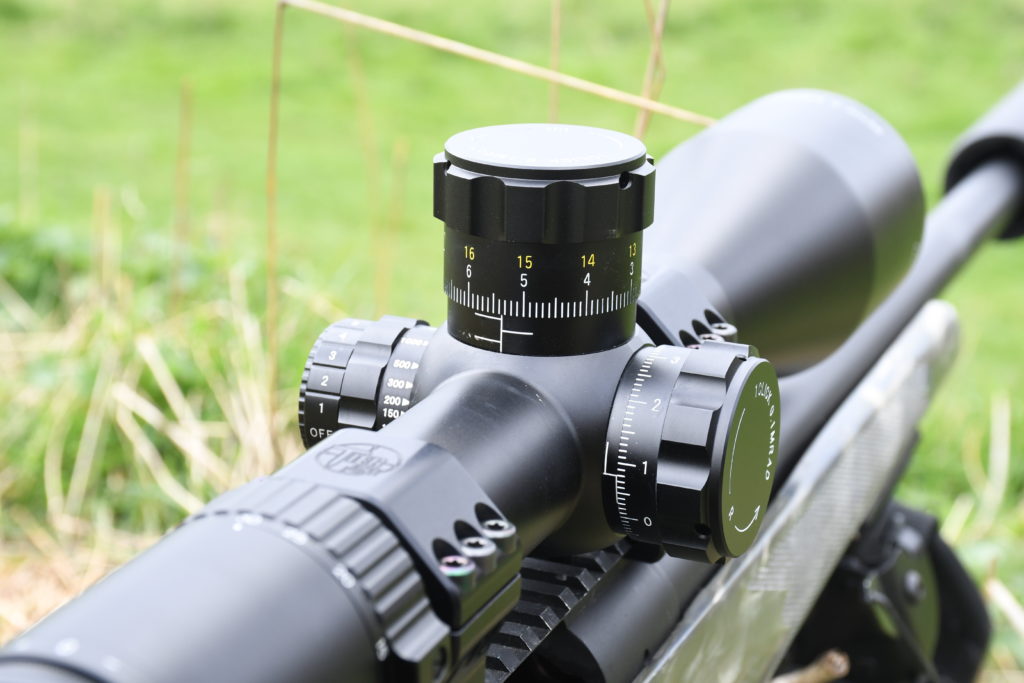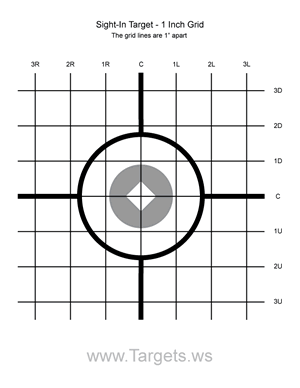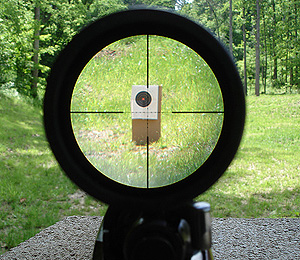How to Zero a Rifle Scope
Nov 1st 2019
The best way to Zero a Rifle Scope

Owning a gun is easy but learning the proper way to get accurate shots is a different story.
For beginners, we'll teach you the simplest way to sight and adjust a rifle scope.
Let's learn the basics to properly zero a rifle scope. Zeroing a rifle scope is the act of aligning the scope or optic with the barrel so that the crosshairs match where the bullet is going to fall. It refers to aligning the point of impact with the aiming point. If you're planning to go hunting or shooting, knowing how to zero your scope is important.
It doesn't matter whether you're going hunting or planning a fun day at the range; you want to hit what you're aiming at so the first step is to make sure your rifle is properly zeroed.
You need to know the scope and know what the adjustments are on the scope. You should understand every part of the sight, but understanding how to adjust your sights is the most basic and the best place to start. Each scope will have a slightly different mechanism for making adjustments, but the principles are very similar across different manufacturers.
- First you need to select the distance at which you are going to zero your rifle. This should be based on the distance that you are planning to shoot your rifle. If you are zeroing a rifle that will be used for long-range shots, you will want to zero your rifle at a greater distance.

There are paper targets available specifically for zeroing. These targets have a grid system that will tell you how much you need to adjust your scope based on the distance you are shooting. I personally like to find a range with dry dirt or a fresh cover of snow. Bullet impact is easy to see in these environments, and the visual feedback will help you get on the paper faster.
2. On a rifle scope you turn the adjustment knob, or turrent, on the top and side of the scope. 1 click typically translates to a quarter of an inch at 100 yards. Most turrets are printed to let you know how much adjustment 1 click will have at a certain distance. Knowing this is important as it is the basis of how you're going to adjust your scope to the correct angle.

3. Most marksmen will want to start close and work your way out focusing most on the distances at which you'll be most likely to fire.
Start at 20 - 25 yards, then move out to about 50-75. Try not to move more than 50 yards at a time, to keep yourself from making to large of adjustments. If you have time and feel like you could still make more adjustments, you can move into the 200 yards range and get ambitious. At that point, however, the wind can be a large factor.

One of the ways to accurately sight-in a rifle scope is to shoot it from a variety of positions. Not only will this help you become more comfortable with your firearm and how to use it in different situations, but it also prepares you for accurate shooting when conditions are not ideal. The easiest way to do this is at the gun range where you can be sure of the distances and your backstops.
These are steps to testing if your rifle scope is accurately zeroed:
- Aim at the center of mass of the target and shoot 3 rounds.
- Check where your shots hit.
- Adjust the scope as necessary.
- If your point of impact did not accurately hit your aiming point, adjust the scope to move the crosshairs accordingly.
- Tap the turret carefully with the flick of your finger to help set the position.
- Continue to fire three-round iterations and adjust your scope until your scope is zeroed.
While most scopes are pretty durable, repeated rounds through the rifle will eventually move the scope slightly. It’s a good idea to reconfirm your zero every once in a while before you go shoot or hunt.
You will know when the scope is zeroed once you are accurately hitting the target. Zeroing a rifle scope is a relatively easy process but keep in mind that this may require multiple targets and quite a bit of time to perfect, especially for people who are new to firearms, but then again practice makes perfect. Checking the owner’s manual of your scope to figure out not only how to adjust your scope, but also how to care and maintain your scope. It can also give you more insight into the specifics of the scope you are using.
Reference: https://www.youtube.com/watch?v=l8EO80iqOyE
https://www.dailyshooting.com/how-to-zero-a-rifle-scope-infographic/
